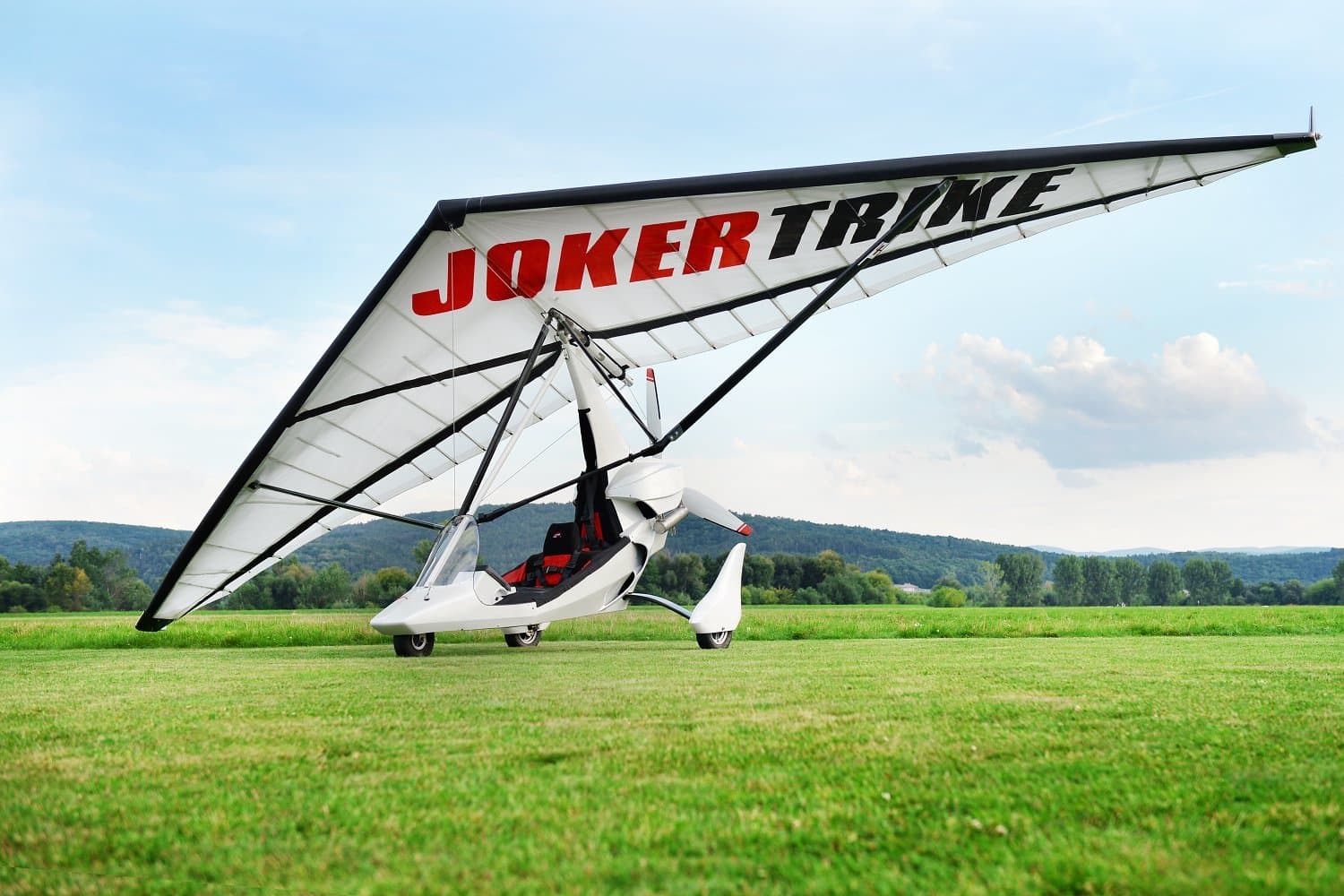Hang Glider Selection: Maximizing Your Flight Experience
Selecting the appropriate hang glider is a crucial decision for any enthusiast, beginner or experienced. This guide offers insights into choosing a hang glider, emphasizing the importance of balancing cost with quality and matching the glider to your specific flying needs. Whether you’re embarking on hang gliding as a casual hobby or a serious pursuit, the right hang glider can significantly enhance your flying experience.
Evaluating the Cost of Hang Gliders
When purchasing a hang glider, cost is a fundamental consideration. It’s important to strike a balance between affordability and quality. Hang gliders can vary greatly in price, ranging from around $1,000 for used models to upwards of $10,000 for high-end, performance-oriented gliders. Beginners may find suitable options in the range of $4,000 to $5,000. It’s crucial to ensure that the price aligns with the glider’s condition and capabilities, particularly when considering used options.
Frequency of Gliding: Matching Your Hang Glider
Your anticipated frequency of hang gliding plays a significant role in the type of glider you should choose. For occasional flyers, a less expensive and simpler model may suffice. However, for those planning to glide regularly or pursue more advanced techniques, investing in a higher-quality glider is advisable. High-performance gliders, equipped with advanced features, can provide a more fulfilling experience for frequent flyers.
Understanding Hang Glider Geometry
The geometry of a hang glider, namely single surface versus double surface, is crucial in determining its suitability for a pilot’s skill level. Single-surface gliders, typically recommended for beginners, offer easier handling and are more forgiving in flight. Double-surface gliders, on the other hand, provide enhanced performance and are better suited for experienced pilots. Understanding the differences in glider geometry is key to selecting a glider that aligns with your flying skills and goals.
Essential Safety Practices in Hang Gliding
Safety is paramount in hang gliding. This section emphasizes critical safety practices, including comprehensive weather analysis, identifying suitable flying conditions, and understanding airspace regulations. Pilots should prioritize attending safety workshops and regularly practice emergency procedures, such as parachute deployment drills. Understanding and respecting the hang glider’s limitations based on weather and pilot skill level is crucial to preventing accidents. Regular equipment inspections, focusing on checking for wear in wing fabric, control lines, and structural integrity, are vital for ensuring a safe flight.
Selecting a Qualified Hang Gliding Instructor
Choosing the right instructor is crucial for effective learning and safety in hang gliding. Look for instructors with certifications from recognized hang gliding associations and a strong track record of safety and student success. An ideal instructor should customize training programs to suit individual learning paces, emphasize on mastering fundamental skills before progressing, and provide insights into the psychological aspects of flying. They should also offer guidance on how to read and react to changing weather conditions and terrain during flights.
Hang Glider Maintenance: Ensuring Long-Term Performance
Proper maintenance of a hang glider extends its lifespan and ensures safety. Key maintenance practices include regular inspections for any signs of damage or wear, particularly on the sail, frame, and cables. Store the glider in a dry, cool place away from direct sunlight to prevent UV damage. After each use, clean the glider to remove dirt and salts, especially if flying near coastal areas. Periodically check for any loose bolts, or worn-out parts, and ensure all moving parts are adequately lubricated. Schedule annual professional check-ups for thorough inspection and maintenance.
Mastering Advanced Hang Gliding Techniques
For experienced pilots, mastering advanced techniques enhances the flying experience. Focus on learning thermal flying to gain altitude without power, which involves understanding weather patterns and identifying thermal columns. Cross-country flights require planning and navigational skills, utilizing GPS and variometers effectively. For those interested in aerobatics, start with basic maneuvers under professional supervision and progressively move to more complex stunts. Always practice advanced techniques in safe conditions and within personal skill limits.
Comparative Table: Hang Gliding Equipment Essentials
| Equipment | Function | Importance | Advanced Pilot Suitability |
|---|---|---|---|
| Helmet | Head Protection | Essential | Mandatory |
| Harness | Pilot Security & Comfort | Essential | Mandatory |
| Variometer | Altitude & Thermal Detection | Important | Highly Recommended |
| GPS | Navigation | Useful | Recommended |
| Emergency Parachute | Safety in Case of Equipment Failure | Crucial | Mandatory |
| Gloves | Hand Protection | Useful | Recommended |
| Radio | Communication | Important | Highly Recommended |
Video Guide
To answer your questions in more detail, we have prepared a special video. Enjoy watching it!
Exploring Hawaii’s Skies for an Unforgettable Adventure
In addition to understanding safety, maintenance, and advanced techniques in hang gliding, exploring specific locations like Hawaii adds another dimension to the sport. This 200-word section showcases Hawaii as an ideal destination for hang gliding, offering a blend of breathtaking landscapes and unique aerial perspectives.
Hang gliding in Hawaii provides an opportunity to soar above some of the most stunning scenery in the world. From the majestic volcanic peaks of the Big Island to the picturesque coastlines of Maui, each flight offers a unique view of Hawaii’s diverse natural beauty. Pilots can experience the thrill of gliding over tropical rainforests, cascading waterfalls, and vibrant coral reefs, all while basking in the warm Hawaiian sun.
The consistent weather in Hawaii, characterized by mild temperatures and favorable wind conditions, makes it an excellent year-round destination for hang gliding. The islands’ varying topography also caters to different skill levels, from gentle coastal breezes perfect for beginners to more challenging mountain thermals for experienced pilots.
Conclusion
In conclusion, choosing the right hang glider involves carefully considering various factors, including cost, flying frequency, and glider geometry. By considering these elements, pilots can make informed decisions, leading to a safer and more enjoyable hang gliding experience.
